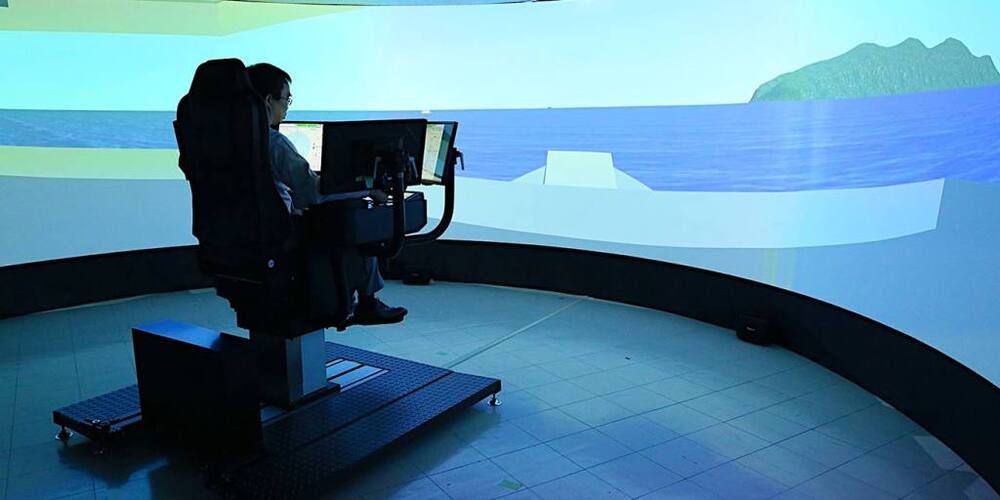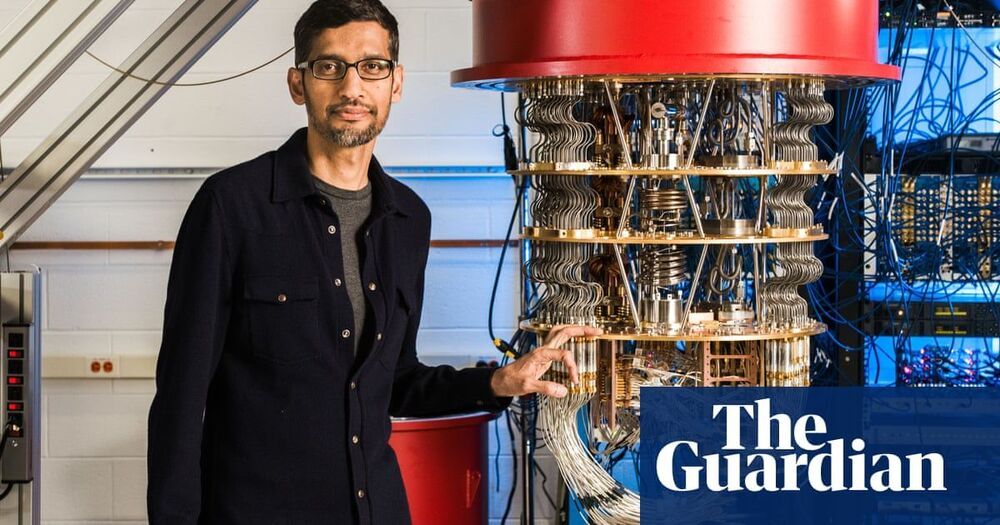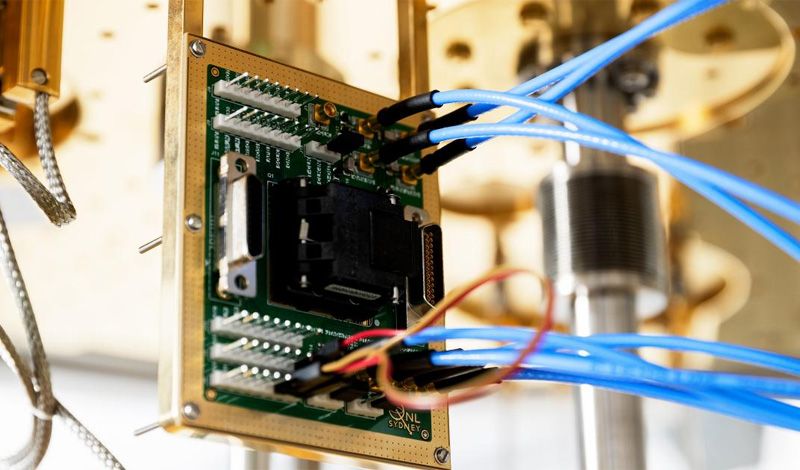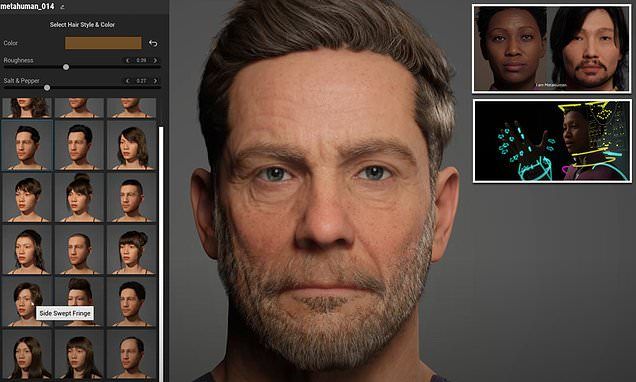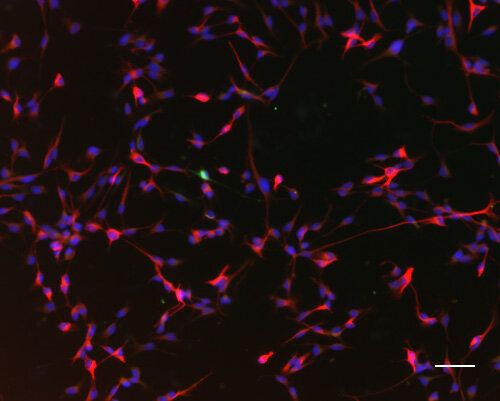Platform addressing labor shortage to be released next fiscal year.
TOKYO — Japanese shipbuilder Mitsui E&S Holdings will soon start selling a navigation system that plans routes and allows vessels to dock automatically.
This is part of the company’s push to use state-of-the-art technology to seize on demand for products that address a labor shortage in the shipping industry.
